 There are many diet personalities out there. If you are one of these, it could be the reason you are having trouble losing weight or maintaining weight loss.
There are many diet personalities out there. If you are one of these, it could be the reason you are having trouble losing weight or maintaining weight loss.
Starvin’ Marvin: Always Hungry
Starvin’ Marvin follows strict calorie guidelines. He doesn't get the calories and fuel his body needs to accomplish the routine tasks of his day. He is often tired and always hungry. When he works out, Marvin's body does not have sufficient fuel, so he isn’t able to put in as much effort as he would like.
Solution: Losing weight requires either eating fewer calories or burning off excess calories through physical activity. So one good first step for Starvin’ Marvin is to find out how many calories his body requires for weight loss. Choose My Plate is an excellent resource to help determine the correct calories for your height, weight, and activity factor. No one should ever consume less than 1,200 calories per day.
Negative Nancy: The Wrong Attitude for Weight Loss
Restriction, starvation, elimination, bland, boring…all of these are words that Nancy uses to describe her diet, yet she is constantly starting a new one. Anything that has this much dread attached to it is not something that she can or should be doing for the long haul.
Solution: Negative Nancy needs to start incorporating positive words into her healthy new eating plan: Balanced plate, Moderation with sweets and high-fat foods, Flavorful spices to jazz up vegetables, Variety with food groups, and Satisfying meals.
Rigid Ricky: Doesn’t Believe He Can Be Flexible and Still Lose Weight
Nobody’s perfect. This simple phrase is exactly why diets don’t work.
Solution: Ricky would be much happier and healthier if he took a simple approach to his eating. He should spend 80 percent of his time eating right—consuming multiple servings of fruits and vegetables, whole grains, lean protein, and low-fat dairy—and following a safe and healthy workout plan. The other 20 percent of Rigid Ricky’s life can be filled with “extras” such as a cookie or piece of cake, a day off from exercising, and maybe even an alcoholic beverage of his choice. If he allows himself to not be as rigid with his plan, his chances of succeeding will increase dramatically.
Unsupported Ulysses: Hasn’t Discovered the Value of Accountability
Losing weight can be difficult, and making lifestyle changes is all the more difficult when those around you are not there to support and help you make changes.
Solution: Ulysses needs a support system that can help him stick to his goals and hold him accountable to them. He needs a "buddy" to give him a push when he is feeling low and to keep him from feeling alone in his journey. A support system should encourage and praise Ulysses for the hard work he is putting in and the changes he is making. Try healthy new foods and recipes and physical activities with your buddy, or even train for an event together. Having a Supportive Sally around can make his weight-loss mission much more enjoyable.
Resentful Rita: Deprives Herself and Is Unhappy About It
When we think of “diets,” we think of giving up our favorite foods. This only leads to feeling deprived and carrying negative feelings toward “healthy foods” and feeling guilty about eating “unhealthy foods.” Rita will become angry that she “can’t” have the foods she wants, which then leads to resentment. Deprivation of her favorite foods may lead to overeating or yo-yo dieting.
Solution: Rita needs to RELAX! No food is off limits; all foods can fit.
This blog was written by Angie Mitchell, RD, Wellness Coordinator. To find out more about the NIFS bloggers, click here.


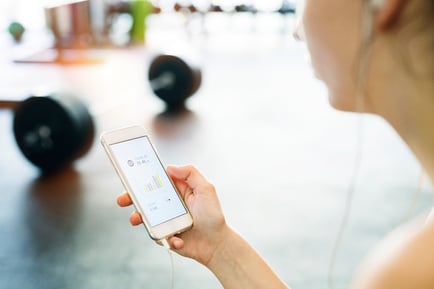 Technology can be incredibly
Technology can be incredibly  I love what I do…seeing people succeed with their weight-loss goals is one of the most rewarding feelings as a dietitian. However, it can also be very challenging when I see clients revert back to old habits and struggle to keep the weight off that they worked so hard to remove. While this is a common struggle for many, there are small steps that you can take to try to prevent this from happening.
I love what I do…seeing people succeed with their weight-loss goals is one of the most rewarding feelings as a dietitian. However, it can also be very challenging when I see clients revert back to old habits and struggle to keep the weight off that they worked so hard to remove. While this is a common struggle for many, there are small steps that you can take to try to prevent this from happening. It’s the time of year that no one wants to talk about. But let’s face it: Christmas decorations have been out in stores for over a month, and the holidays are just around the corner. And for many across the nation, the holidays are one of the most dreaded times for unhealthy eating and putting on unwanted excess weight. But it doesn’t have to be like that. Don’t let this time of year scare you. Instead, view it as an opportunity to meet the weight management challenge for a better you!
It’s the time of year that no one wants to talk about. But let’s face it: Christmas decorations have been out in stores for over a month, and the holidays are just around the corner. And for many across the nation, the holidays are one of the most dreaded times for unhealthy eating and putting on unwanted excess weight. But it doesn’t have to be like that. Don’t let this time of year scare you. Instead, view it as an opportunity to meet the weight management challenge for a better you!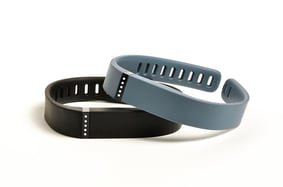
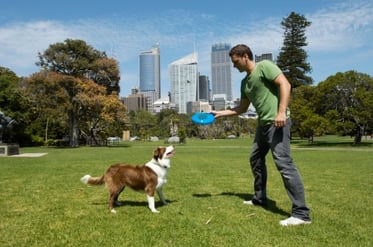

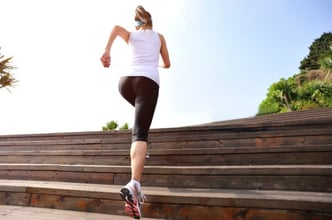 This is a pretty common question that comes to mind for me. I work out 6 days a week, but still that mild ascent up four flights of stairs to the copy room seems to get me every time.
This is a pretty common question that comes to mind for me. I work out 6 days a week, but still that mild ascent up four flights of stairs to the copy room seems to get me every time.  Choosing the right foods for healthy eating can be a challenge. Life is busy and sometimes the thing that gets left behind is a well-balanced meal or snack. We want to help you change that!
Choosing the right foods for healthy eating can be a challenge. Life is busy and sometimes the thing that gets left behind is a well-balanced meal or snack. We want to help you change that! 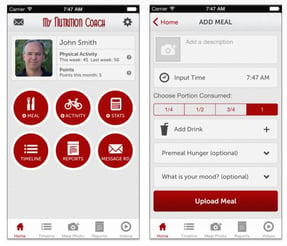



 Vegans
Vegans